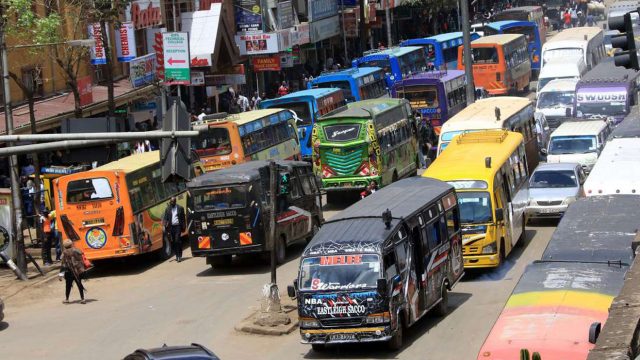
A majority of Kenyans catch a matatu to and from work five to six days a week. Of this number, most of them board Matatu during peak hours. The amount each spends on the way ranges between Ksh 70 and Ksh150, all factors included. If you have a fleet of 32 seater matatus, let us say 30 vehicles, each making at least 7 trips in a day, you will be making at least Ksh 50,000 in a day on the high side and in a month you will have accumulated a gross profit of Ksh 1.5 Million.
On this amount, if you less all the administrative, wear and tear, depreciation, distribution expenses, you will smile all the way to the bank. From these estimations, you can smell money from miles away. But how exactly do you convert this hypothesis into a real-life situation if you invest in the Matatu industry?
Here is a step by step guide on the requirements to invest in the Matatu business in Kenya.
1.Purchase the right bus or minibus
Matatu industry is capital intensive, you will have to throw in some millions for the first few vehicles. But this will depend on the type capacity and the seller. You want to make sure that you are buying brand new ones and if you are importing they have to be in their best form. The second-hand option should be in very good conditions because you do not want to incur expenses on breakdowns. Nissan, Toyota, and Isuzu are the best brands for Kenya as they are somehow custom-made for Kenyan roads and their spare parts are readily available.
2. Modifications and Branding
To make the vehicle ready for operations, there are a number of things you need to take care of. Bearing in mind the latest trend in the matatu industry, you are looking to make your build the body of the matatu with the required specifications to attract customers. Comfortable seats and other attachments should be worked on by aa recommended dealer. A certified speed governor which is a requirement for all Passenger Service Vehicles falls under this step.
Matatu without blasting music is considered not up to date. You will have to invest in some quality music system to keep to attract customers. Choda Fabricators, Moha Graffics, and Lithium to mention a few offer great body branding and sound system installation services.
3.Licenses and Insurances
For you to operate a matatu in Kenya, there are a number of permits and licenses that you must apply for and here the National Transport and Safety Authority (NTSA) comes in. Some of the requirements are lengthy and rigorous but necessary. All drivers should have valid drivers and PSV licenses as well as a certificate of good conduct issued by the Directorate of Criminal Investigations. To operate in a certain route, you will need a permit from the county government. The license costs about Ksh.35,000 annually depending on the capacity of passengers your vehicle can hold. For you to operate smoothly on the road, you need to get a genuine PSV insurance from a reliable and reputable insurance company.
4. SACCOs
This niche of business is not for lone rangers and joining one is mandatory for any success when investing in matatu businesses. The government requires that all PSVs must belong to a Sacco in order to be licensed to operate. Depending on the capacity, the route you operate and the Sacco you join, you will be paying a fee of about Ksh20,000 to Ksh 50,000.
Saccos have helped in protecting matatu users from exploitation and abuse and promoted professionalism and security among the public.
5. Operation and Maintenance
Once you get a good driver and conductor, and all the paperwork is well done, you can now hit the ground running. Brace yourselves for crafty Nairobians, Kanjos, rogue NTSA officials, bad roads, bad weather you name it. You will need a reliable and experienced mechanic to carry out regular maintenance and repair on your vehicle.


